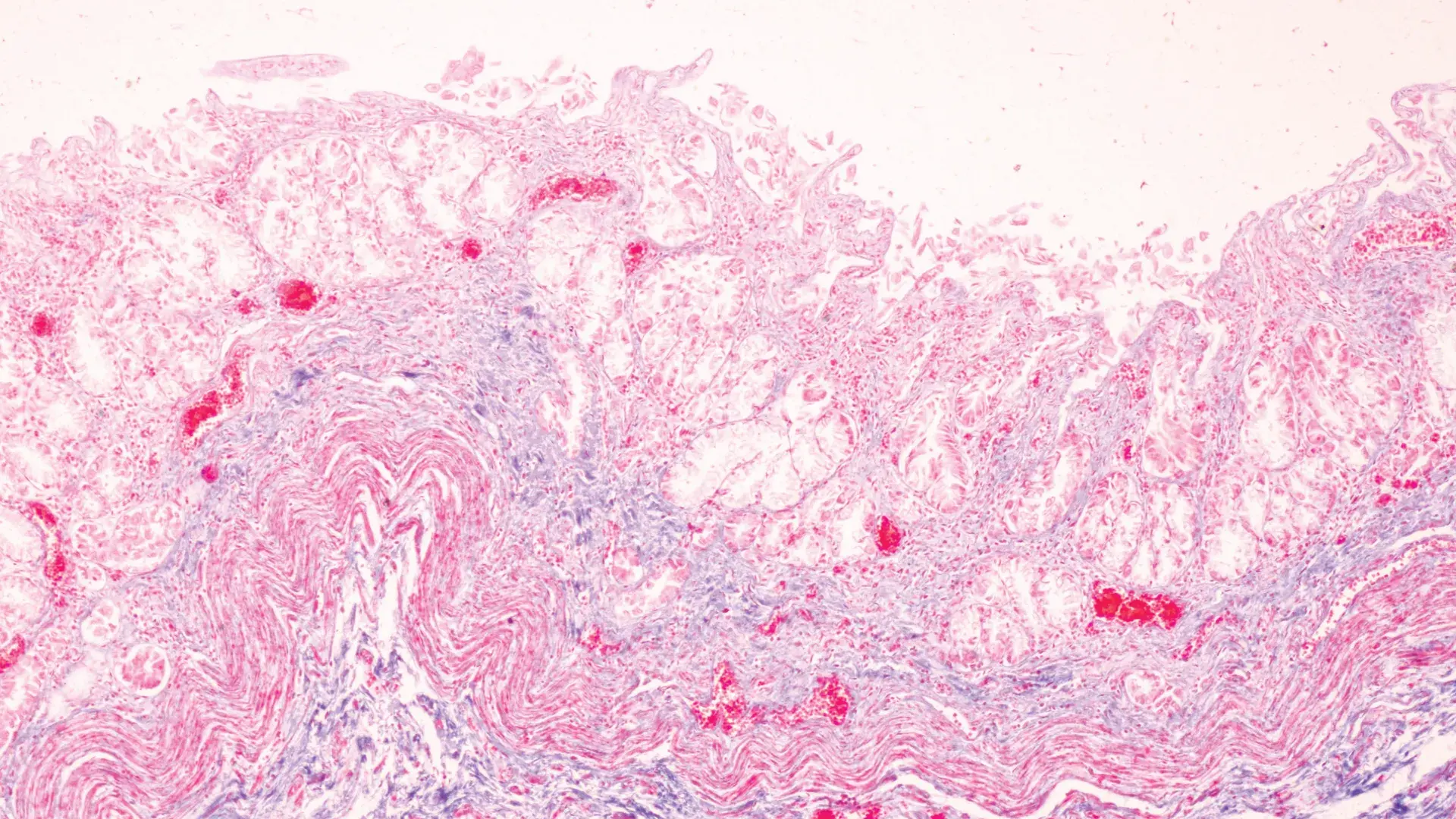4 Questions On NAD/NADH Testing Answered
Unlocking the Secrets of Cellular Energy
1 min read
![]() Dr. Chris Meletis, ND
:
February 20, 2019 at 8:24 AM
Dr. Chris Meletis, ND
:
February 20, 2019 at 8:24 AM

‘Tis the season for Spring Allergies, the foods your patients are consuming can be aggravating their hay fever symptoms. In the Western developed world, birch pollen allergy is the form of allergic rhinitis most likely to be accompanied by food allergies. Up to 80 percent of people who suffer from birch pollen allergies also have food allergies.
Chances are good that if someone is allergic to birch pollen, they'll also react to hazelnuts and apples, which are the most common allergenic foods in this group of people. At the minimum I have my patients avoid the following 7 foods during birch pollen season. Birch pollen: apple, carrot, celery, pear, tomato, cherry, tree nuts.
Usually, when a food allergy is related to birch pollen, patients experience mild allergic symptoms, such as the oral contact urticarial, when they consume the allergenic foods. The symptoms are usually confined to the oral cavity and can include swelling and itching of lips, tongue, soft palate and pharynx.
Seventy to 95 percent of birch pollen allergic patients also develop allergic reactions to the allergens found in celery or carrot. Celery can cause anaphy¬lactic reactions in persons allergic to mugwort and birch pollen. This cross-reaction occurs even though the birch allergen Bet v 1 and the celery allergen Api g 1 have only a 40 percent amino acid sequ¬ence similarity.
My clinical philosophy is to test patients when it comes to allergens and sensitivities, to help ensure that indeed the food they are consuming is “Good Medicine and Does no Harm”.
UPDATE: While the spring and summer allergic burden escalates, patients’ immune and inflammatory pathways will be primed for hyper-reactivity as they are compounded by the additional challenges of the COVID-19 pandemic. Learn more by watching the webinar below:
References:
1. Ebo DG, et al. Acta Clin Belg. 2012 Sep-Oct;67(5):317-21.
2. Ballmer-Weber B. Ther Umsch. 2012 Apr;69(4):225-9.
3. Hoflehner E, et al. PLoS One. 2012;7(6):e39409.
4. Ballmer-Weber BK, et al. J Investig Allergol Clin Immunol. 2008;18:93-9.
5. Bauer L, et al. Clin Exp Allergy. 1996;26:1161-70.

Unlocking the Secrets of Cellular Energy

Short chain fatty acids (SCFAs) are organic acids produced by bacterial fermentation of dietary fibre and resistant starch. Enterocytes and...

Zonulin has emerged as a popular marker to assess the integrity of the intestinal mucosal barrier. Discovered by Dr Alessio Fasano, Zonulin...